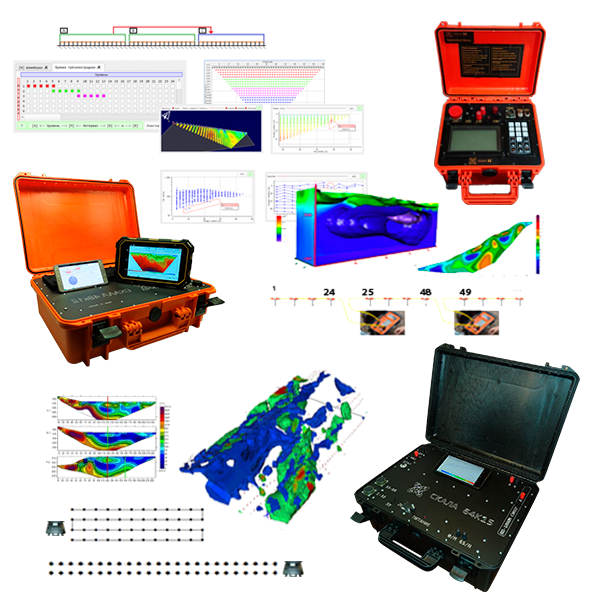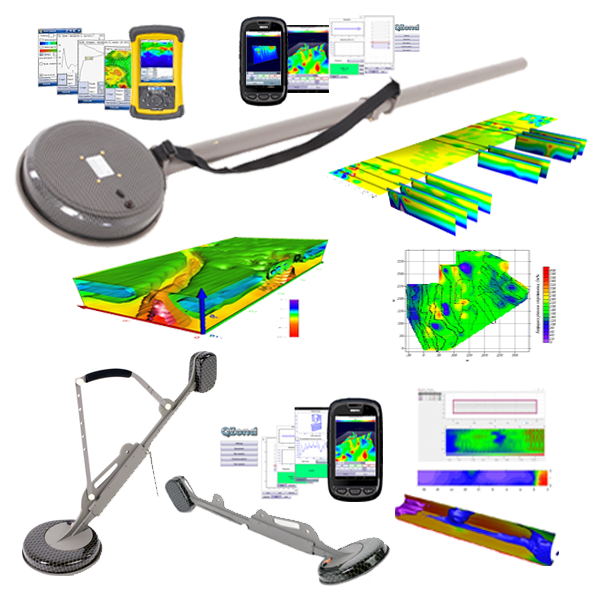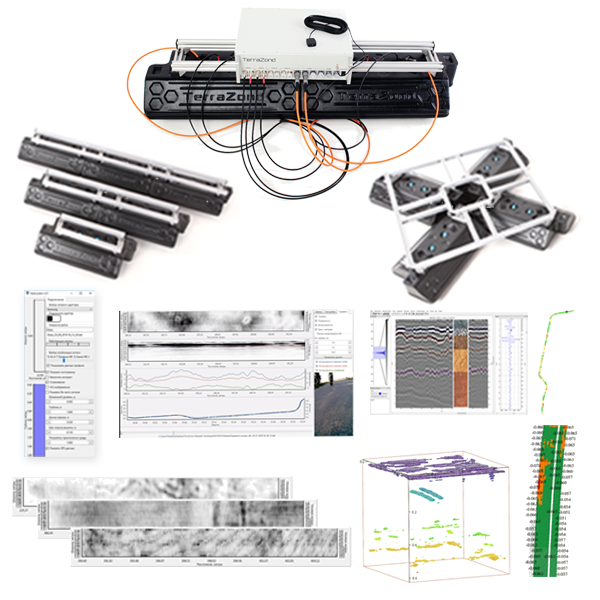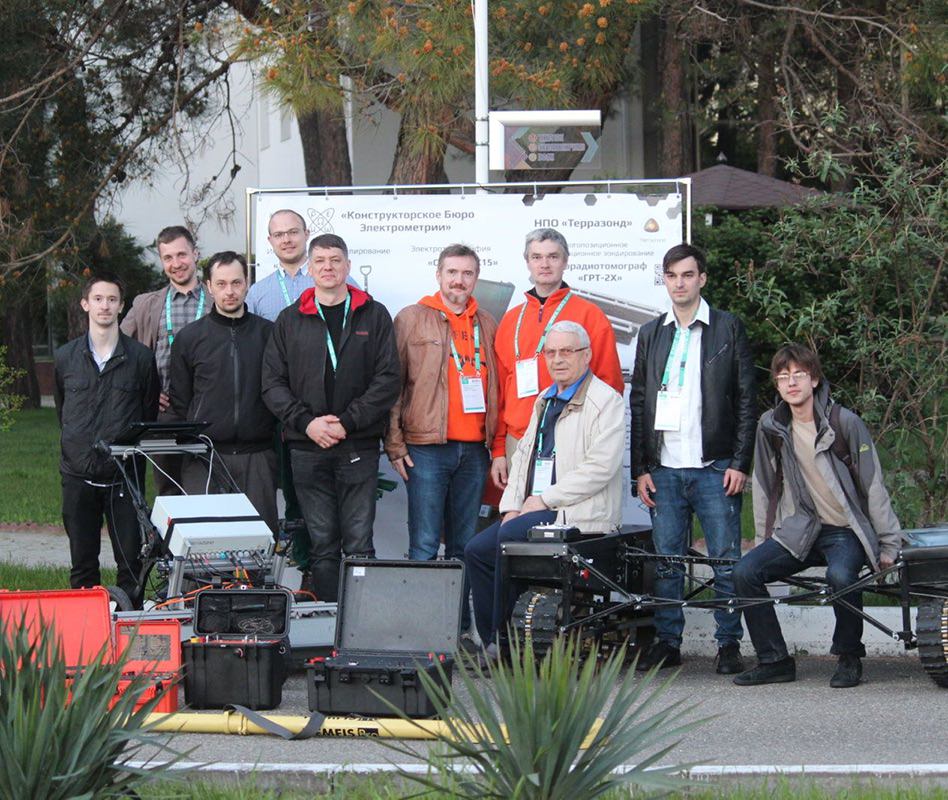SiberGeo is geophysical equipment manufacturer and R&D company established by researchers of the Russian Academy of Sciences and Tomsk university. The company has facilities for development, testing and production of geophysical instrumentation for electrical resistivity survey methods and multi-array ground penetrating radars; implementation of 3D GPR, ERT and induction sounding in various spheres; provides informational, methodological and service support for our products; participates in research activities. Result of many years of experience in field work and research, as well as interacting with our customers, is the release of updated product series that consolidates our leading position among manufacturers of geophysical equipment. Hundreds of our clients are our good friends, our doors are always open to welcome the existing and introduce new clients to our team. We are happy to meet you, and we guarantee the thorough help for new friends mates from any sector: educational, research, industrial, exploration, governmental or private.
SiberGeo main product line:
– Electro-tomography and Induced polarisation system – “SibER” series (SibER 32K4, SibER 48K12, SibER 64K15);
– Multi-frequency electromagnetic profilers – “AEMP-14” and “Geovizer”;
– Multi-array ground radio tomographic systems – “GRT-XX”.
Read more






